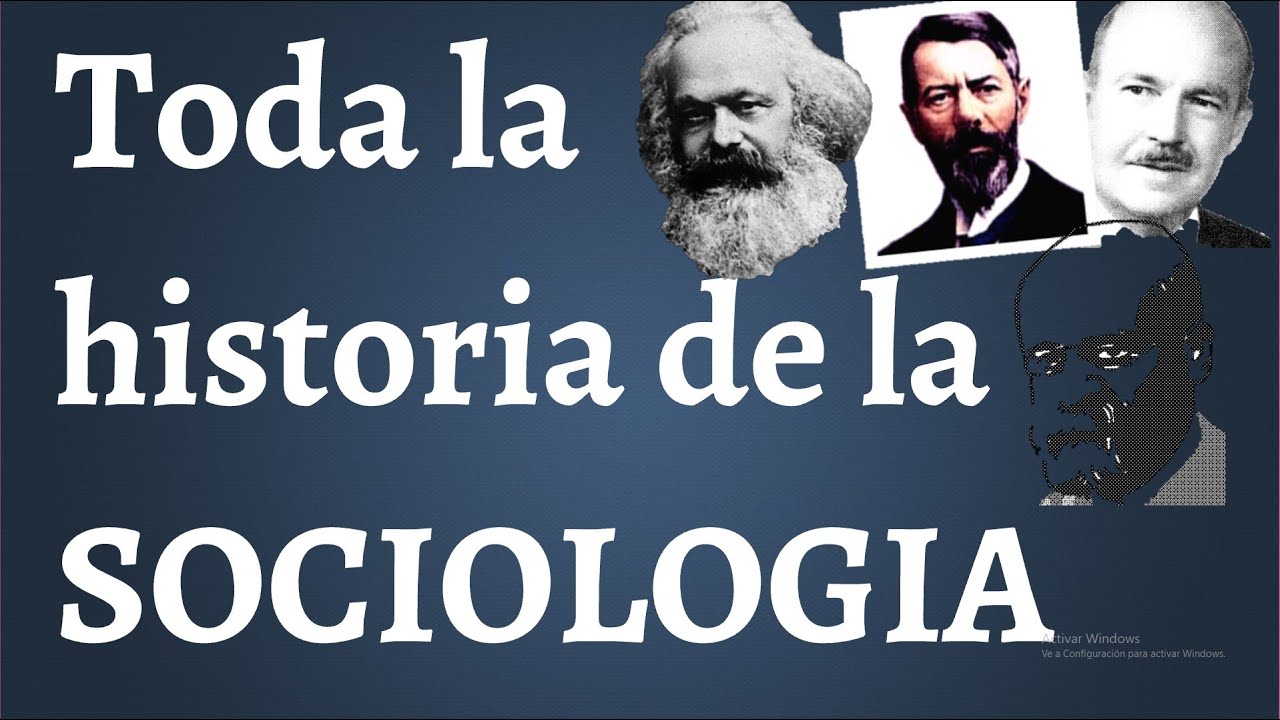Comparing New England, Middle, and the Southern British colonies
Summary
TLDRThis video provides an insightful overview of the 13 American colonies, exploring their origins, economies, and social structures. It breaks down the three main regions—New England, Middle, and Southern colonies—highlighting their unique characteristics. The New England colonies faced harsh climates but excelled in shipbuilding and fishing, while the Middle colonies became known for grain production and manufacturing. The Southern colonies thrived on agriculture, relying heavily on slavery. The video also touches on key historical figures and religious influences, setting the stage for understanding the American Revolution and the creation of the Constitution.
Takeaways
- 😀 A colony is land under the political control of another country, with settlers from that country occupying it.
- 😀 Colonists were settlers who considered themselves British subjects, even if they didn’t come from the UK.
- 😀 The 13 colonies were divided into three regions: New England, Middle, and Southern colonies, each with distinct characteristics.
- 😀 New England colonies, including Massachusetts, New Hampshire, Rhode Island, and Connecticut, had harsh winters, rocky soil, and a focus on timber and fishing.
- 😀 New England's economy thrived on shipbuilding, whaling, and fishing, as well as involvement in the triangular trade.
- 😀 Religion was central to New England's identity, with Puritans and Separatists (Pilgrims) shaping the region's religious and governmental structure.
- 😀 The Middle Colonies, including Pennsylvania, New York, New Jersey, and Delaware, had a more temperate climate and longer growing season, fostering grain production.
- 😀 The Middle Colonies were known for being religiously diverse, with Quakers, Catholics, Lutherans, and others living in harmony, promoting religious freedom.
- 😀 William Penn founded Pennsylvania as a refuge for Quakers, emphasizing religious freedom, anti-slavery, and peaceful relations with Native Americans.
- 😀 The Southern Colonies (North and South Carolina, Maryland, Virginia, and Georgia) had mild winters, long growing seasons, and a focus on cash crops like tobacco, cotton, and rice, heavily relying on slavery.
- 😀 Religion in the Southern Colonies was less centralized, with Anglicanism being the dominant faith, but with a more tolerant attitude towards other religions.
- 😀 Notable figures in the Southern Colonies include George Calvert, who founded Maryland, and John Smith, who helped establish Jamestown.
Q & A
What is the definition of a colony, as explained in the script?
-A colony is land that is under the political control of another country and is occupied by settlers from that country.
How were the 13 colonies divided, and what makes each region unique?
-The 13 colonies were divided into three regions: New England, Middle, and Southern colonies. Each region had its own characteristics in terms of economy, climate, religion, and culture.
Why was New England's climate and geography challenging for settlers?
-New England had harsh winters, freezing temperatures, mild summers, and rocky soil, making farming difficult. The growing season was short, which impacted agriculture.
What were the primary economic activities in New England?
-New England's economy was centered around shipbuilding, timber resources, fishing, whaling, and the Triangular Trade. It exported goods like tobacco, timber, and cotton while importing finished products from the UK.
What was the significance of religion in the New England colonies?
-Religion played a crucial role in the New England colonies. The Puritans and Separatists (pilgrims) were very religious, and their laws and rules were based on religious principles. They also punished those who went against their faith.
What was the Triangular Trade, and how did it involve New England?
-The Triangular Trade was an international trade system across the Atlantic Ocean where goods like molasses and sugarcane were shipped to New England to make rum. Raw materials like tobacco and cotton were then sent to the UK, and slaves were sent to the Caribbean.
How did the middle colonies differ from New England in terms of climate and agriculture?
-The middle colonies had colder winters but warmer summers, which led to a longer growing season. This allowed for better crop production, especially grains like oats and wheat, in contrast to New England's short growing season.
Who was William Penn, and what role did he play in the middle colonies?
-William Penn was the founder of Pennsylvania and established it as a place for religious freedom, particularly for Quakers. He also made peaceful alliances with Native Americans and advocated for anti-slavery policies.
What were the key crops and industries that shaped the economy of the Southern colonies?
-The Southern colonies' economy was primarily based on agriculture, with crops like tobacco, cotton, and rice being the most profitable. The region also relied heavily on slave labor to harvest these crops.
How did religion play a role in the Southern colonies, and how did it differ from New England?
-Religion in the Southern colonies was less impactful compared to New England. The Anglican faith was the most prominent, and there was more religious tolerance. The scattered population due to large farms and plantations meant less frequent religious gatherings.
Outlines

このセクションは有料ユーザー限定です。 アクセスするには、アップグレードをお願いします。
今すぐアップグレードMindmap

このセクションは有料ユーザー限定です。 アクセスするには、アップグレードをお願いします。
今すぐアップグレードKeywords

このセクションは有料ユーザー限定です。 アクセスするには、アップグレードをお願いします。
今すぐアップグレードHighlights

このセクションは有料ユーザー限定です。 アクセスするには、アップグレードをお願いします。
今すぐアップグレードTranscripts

このセクションは有料ユーザー限定です。 アクセスするには、アップグレードをお願いします。
今すぐアップグレード関連動画をさらに表示

La independencia de las 13 colonias (4 de julio)

The American Pageant - Chapter 5 - Colonial Society on the Eve of Revolution

CONHEÇA OS MAIAS, ASTECAS E INCAS - Ensino Fundamental

The 13 Original Colonies for Kids | Learn all about the first 13 American Colonies

The Regions of British Colonies (APUSH Period 2) 2.3

Toda la Historia de la SOCIOLOGIA
5.0 / 5 (0 votes)
